The brand’s DNA has not altered a Xiaomi smartphone prioritizes finding good value for money above everything else.
Among the brand’s other flaws is its nearly compulsive habit to release hundreds of references each year with names, attributes, and pricing that are quite similar.
That is why we have selected and chosen the finest Xiaomi phones for you.
Are you interested in the best smartphone of other brand? we recommended to you our selection of the best OnePlus phones 2022
THE BEST HIGH-END XIAOMI SMARTPHONES
XIAOMI 12 PRO :
The Chinese manufacturer confirms its standing as a global behemoth with this 12 Pro, which features a design befitting of its grandeur. The matte finish elevates a modestly sized phone. However, the launch of the Xiaomi 12T Pro may cause you to reconsider your decision, as the price difference between the two is minor.

The Xiaomi 12 Pro features a 6.73-inch WQHD+ OLED screen with a resolution of 3,200 x 1,440 pixels. The refresh rate may reach 120 Hz, however it is more important to adapt to your usage. The interface performs admirably in terms of brightness. It’s a fantastic screen.
The Snapdragon 8 Gen 1 CPU and 12 GB of RAM memory give internal power. Even with some settings in place, Qualcomm’s newest CPU gives decent gaming performance. The whole experience is rounded out with MIUI 13, which is of high quality even if the software isn’t flawless.
In terms of autonomy, the smartphone boasts a 4,600 mAh battery that can last a whole day. Above all, it boasts a 120 W quick charge that can charge it to 100% in half an hour. On the back, there are three 50-megapixel sensors that provide good images.
In short, Xiaomi’s new flagship checks all the criteria for a worthy successor to the already superb Mi 11.
Following the success of the extremely successful but prohibitively costly Xiaomi 12 Pro, the Chinese maker is expanding its already expansive lineup with the T iteration. AG4Tech tested the Xiaomi 12T Pro and recommends it under specific situations. The phone has a classy design with not too many frills.
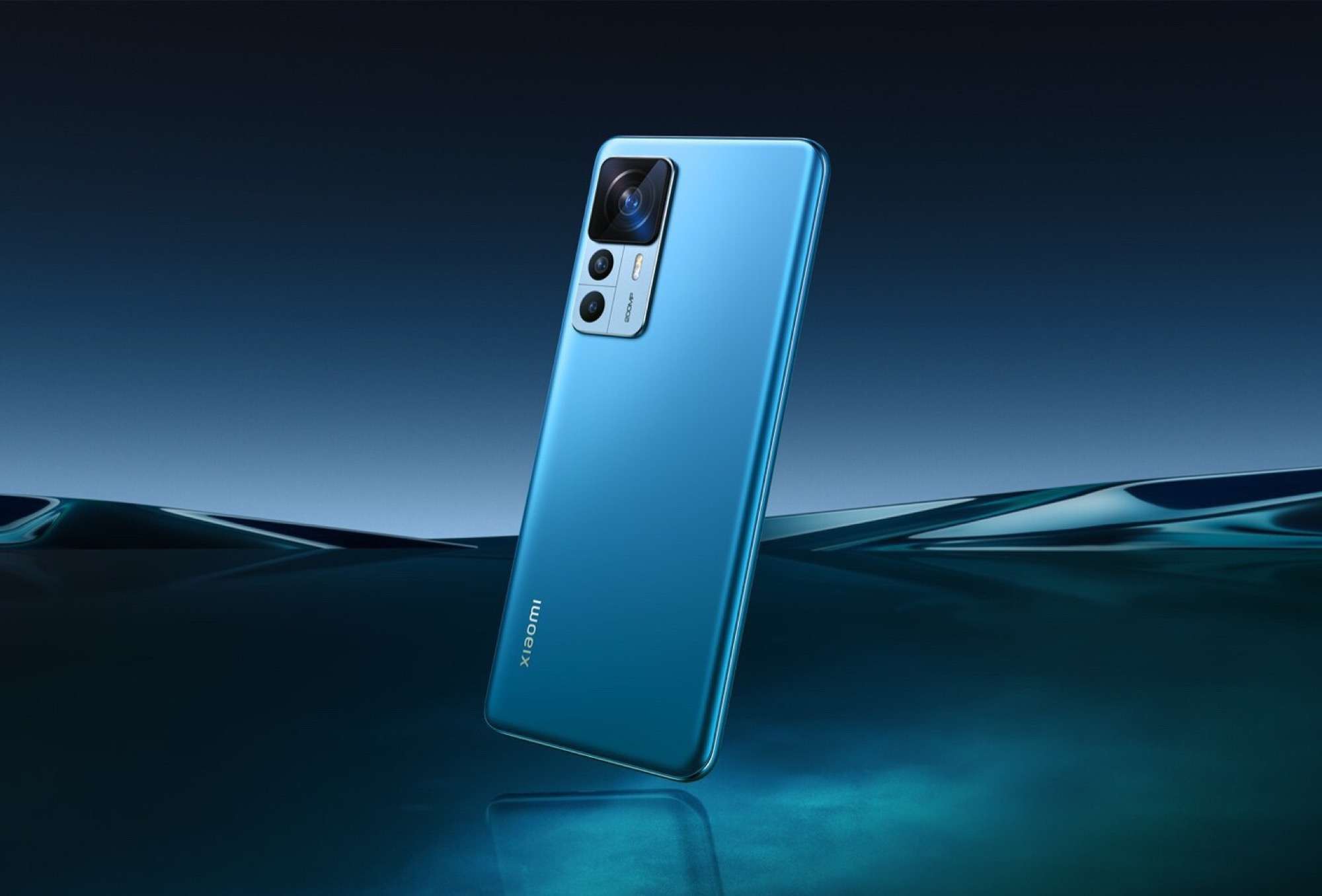
The main advantage of this smartphone, which costs less than 800 euros, is its touch screen. The 12T Pro features a 6.67-inch AMOLED display with variable refresh rates ranging from 30 to 120 Hz. The advantages set in place are fine on paper, but they must be followed in practice. During our testing, we discovered a brightness of 910 cd/m2. Color management is undoubtedly inferior, but it is still competitive.
A Snapdragon 8+ Gen 1 CPU powers the smartphone. This is the most powerful model manufactured by Qualcomm. According to our tests, the phone is capable of running the most demanding 3D games. The MIUI 13 software offers a variety of adjustments for regular usage, despite the fact that it occasionally produces a jumbled outcome.
We are particularly disappointed by the appearance of a 200 megapixel lens, which vampirizes photography. When the circumstances are met, its primary sensor alone provides great photos with accurate details and a clear image. Meanwhile, the night mode provides accurate photos. The absence of a telephoto lens, above all other sensors, is disadvantageous.
The 120 W charge is really excellent and compensates for the autonomy’s relative weakness. We do not, however, recommend this smartphone to everyone. The Xiaomi 12 Pro appears to be a more appealing option at 708 dollars. If the minimal concessions do not concern you, reading the Xiaomi 12T Pro test is strongly advised.
The 11T Pro joins the extremely vast Xiaomi family with a simple promise: high-end performance at a reasonable price. The device’s design could not be more traditional, and the gadget is extremely user-friendly. However, it will be chastised for a picture module that causes it to wobble when set flat.

Because we have an OLED FHD + panel at 120 Hz adaptable, the screen is of high quality. We noticed that the screen has an excellent brightness, which makes it easy to read even in direct sunshine. Surprisingly, the fingerprint sensor is located behind a button on the edge rather than under the screen. It’s a pity considering the price.
The CPU is the now-standard Snapdragon 888, which, when combined with 8 GB of RAM, guarantees consistent performance under all conditions. However, the 11T Pro really shines when it comes to battery life. If its day-to-day autonomy is quite traditional, it benefits from an incredibly rapid 120 W charger. It’s full in just 15 minutes!
The findings for the photograph are mixed. While the primary sensor is excellent, the ultra wide-angle suffers from a distinct lack of brightness and contrast. Above all, low-light performance is inadequate. However, we must applaud the macro mode’s excellence.
We’ll wrap off this assessment with a few comments on the software, which is quite disappointing owing to omnipresent bloatware and overly apparent flaws. This is especially regrettable given that MIUI 12.5 is typically a very nice operating system to use.
Xiaomi provides us with a decent high-end smartphone, although it has certain software and picture flaws. It also fails to separate itself from a somewhat cheaper and more balanced Mi 11.
The Redmi range’s catalog is increasing with new varieties, including the one we’re showing you. The Redmi Note 11 Pro Plus 5G differs from the only “Pro” variant in a several ways. This phone reacts to a few use scenarios, particularly while playing mobile games.

This begins with a rather high-performance technical sheet based on a MediaTek Dimensity 920 CPU and 6 GB of RAM. It will perform admirably in game. It also has a 4,500 mAh battery that can last a day and a 120 W quick charge that can restore it to normal in 30 minutes.
A stunning touch screen, a 6.67-inch AMOLED panel, is one of the ingredients that make superb gaming smartphones. It is capable of providing Full HD + resolution. The refresh rate of 120 Hz is also included for improved eye mobility. Even though the user experience isn’t flawless, the MIUI 12.5 software provides great everyday usage. Among other features, the camera has 108 MP Wide angle.
The Redmi Note 11 Pro 5G (without the Plus) seeks to position itself in the middle of the Redmi Note lineup. Xiaomi, as usual, depends on its expertise to provide an entire experience with this smartphone for less than 400 dollars. The product’s grip is assured by a high-quality build that does not irritate your hand.
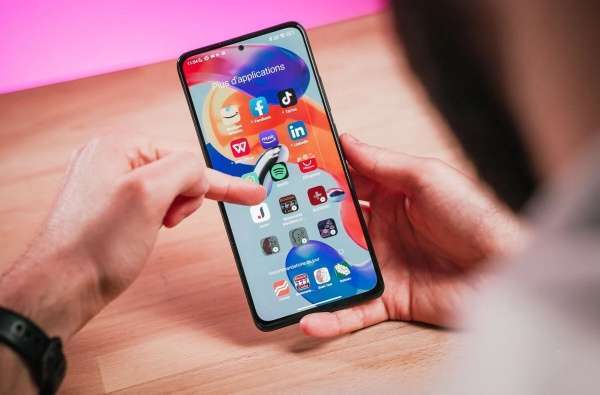
The Xiaomi Redmi Note 11 Pro 5G’s true worth is buried in its touch screen. Indeed, the 6.67-inch OLED panel can show Full HD + resolution and, more importantly, a refresh rate of 120 Hz. So many services that are uncommon for this pricing range yet really beneficial on a daily basis. Especially as the maker provides a lovely colorimetry as well as a consistent luminance.
The general operation of the phone is secured, as is always the case with Xiaomi, by a competent technical sheet. The animation is built on a Snapdragon 695 CPU and 6 GB of RAM memory. This setting enables the everyday operation of any software. The advantages are particularly significant at the level of autonomy. The 5,000 mAh battery gives a day’s worth of stamina but, more significantly, it charges quickly. You may get 100% in 40 minutes with the 67 W block.
However, the photo section is significantly more limited than the other services available. It is notably MIUI 13 that lacks certificates to play HD material on SVOD sites, but the phone also suffers from some lengths in regular usage. Even though it suffers from these flaws, it remains very competitive.
The Redmi Note 10 Pro, which costs less than 300 dollars, is THE low-cost, high-quality smartphone that Xiaomi plans to sell in bulk this year. We are in the presence of a gorgeous newborn who can cause some troubles in the little hands by using a 6.67 inch screen. Without being very innovative, the design is clean, and the finishing is of a high quality for the price. As is becoming more common, the picture module is so large that the phone cannot lie flat on its back.

In terms of display, the firm has placed the dishes in the larger ones since there is a 120 Hz OLED panel with great brightness. As an added bonus, the colorimetry is fairly accurate, which is uncommon in this price range. However, there is one little flaw: the refresh rate is not adaptive; you must manually adjust it if you want to preserve battery life.
The Snapdragon 732G utilized is somewhat less amazing. It has little trouble maintaining decent smoothness on a regular basis, but it struggles in video games. The battery life, on the other hand, is pretty good, lasting over two days on a single charge. The 5020mAh battery will take an hour to charge with the 33W fast charger. There will be no 5G connectivity, so we will have to settle with a “basic” 4G, which is a bummer if you want to keep your Xiaomi phone for a long time.
Only the primary camera, with its 108 MP resolution, stands out among the four sensors. Its representation is exact, and the colors are really pleasing to the eye. The night mode, on the other hand, is subtle and effective.
Xiaomi has been able to deliver powerful smartphones at reasonable costs with its Poco series for several years. The Poco F3 is no exception, delivering excellent performance for the price. For once, the phone has a more somber look, lacking the large “POCO” emblem on the rear.
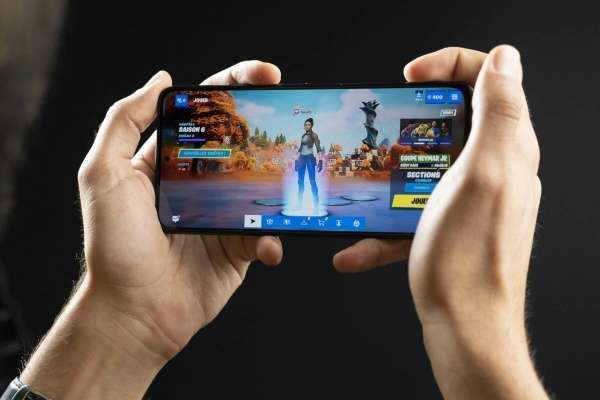
Given its pricing, we immediately appreciate the existence of a high-quality OLED display, and the fact that it supports 120 Hz is a huge plus. This mode, however, is not adaptive nor enabled by default. As a result, depending on your requirements, you should consider activating or disabling it.
The positive surprise is its processor: the Snapdragon 870 utilized is a genuine small racing beast that allows it to fight with many more costly phones without hesitation. On practice, this means Fortnite will operate at 30 frames per second in epic mode. The autonomy is adequate for having fun without overstressing, and the rapid charging is reasonably efficient. As a result, Xiaomi has struck a decent balance in this regard.
Everything isn’t perfect, and the Poco F3 falls short in terms of photo quality. The rendering is mediocre, with slightly washed-out colors and a loss of clarity in the extreme wide-angle lens. It’s not disastrous, far from it, but if the photo is a must-have, you should search elsewhere.
Despite this shortcoming, we must admit that the Poco F3 is a triumph. We just don’t do better right now for power fanatics on a tight budget.
The sequel to the Poco F3, the Poco F4, is a successful smartphone… but perhaps not as much as its predecessor. On paper, it offers a lot of advantages.
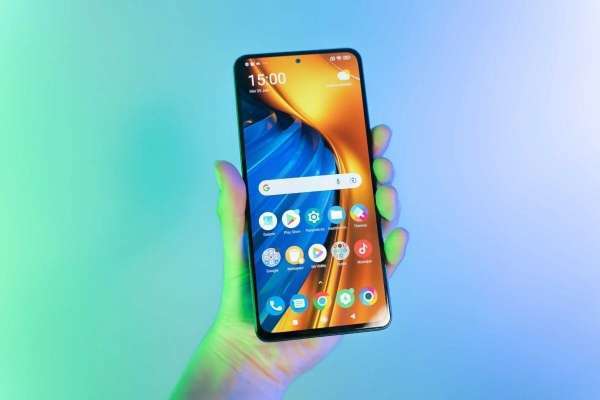
Its extremely square shape succeeds in its genre, and the photo block is unobtrusive. It’s a big phone, due to the 6.67-inch AMOLED display (2400 x 1080 pixels), which has a refresh rate of up to 120 Hz.
The Poco F4 is a success in terms of performance, due to a Snapdragon 870 that handles its heating efficiently. The autonomy is still too infrequent, with just two days of usage. The 67W turbo charge also enables it to recharge quickly, in around 30 minutes. The camera is adequate; the primary sensor (64 MP) does its job, and the ultra wide-angle (8 Mpx) may truly shine if the scene is well-lit.
In conclusion, it is a well-balanced smartphone at a reasonable price, but it is not special in any way.
The successor to the Redmi Note 10, the Xiaomi Redmi Note 11, intends to carry on the Chinese manufacturer’s ideology. The objective is to provide a great quality-price ratio in terms of the product’s technical data sheet. As with the previous version, there are a few features that distinguish the phone from the competitors.
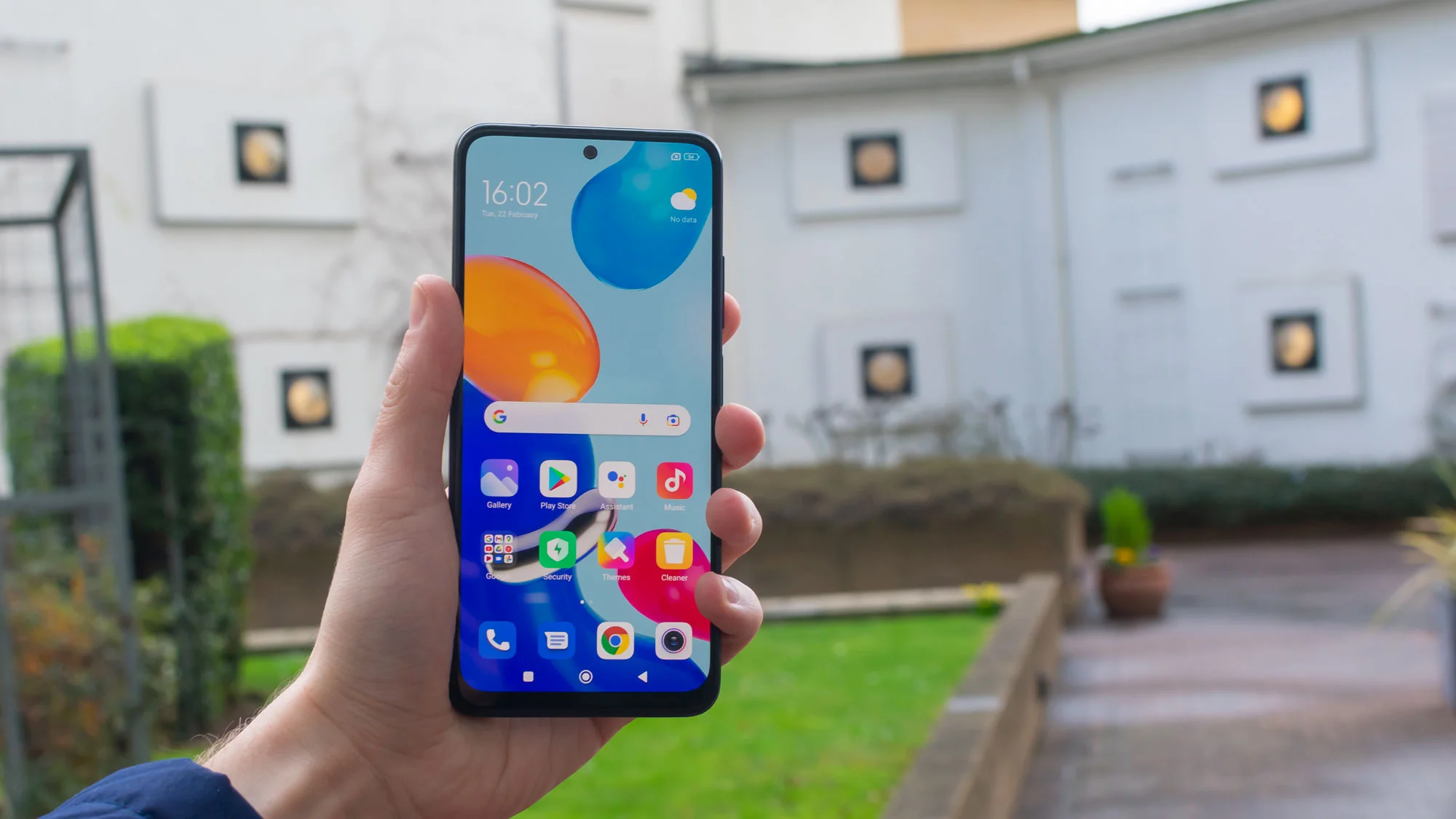
The product has an OLED panel with infinite contrast. The Redmi Note 11 has a 6.43-inch screen with Full HD Plus resolution. Finally, a note on the refresh rate of 90 Hz. The Xiaomi cellphone delivers the greatest touch screen services accessible at this price point.
The smartphone’s autonomy is the second big advantage. The 5000mAh battery lasts for two days with proper power management. Add to it a 33W quick charge that gets you to 90% power in under an hour. With a Snapdragon 680 processor, 4 GB of RAM, and 128 GB of storage. Overall, the Xiaomi Redmi Note 11 continues to set the standard.
Nonetheless, the combination of MIUI 13 with Android 11 causes a large number of issues in the radius of the weak areas. Without a doubt, a software upgrade will resolve any issues.
If there is one thing we might say about Xiaomi, it is that it has an unfortunate habit of declining its phones in a variety of versions. The Note 10S, as the name implies, is a modest development of the Redmi Note 10. As a result, we discover the identical design and screen as the Note 10 that we discussed before.

The first modification is on the sensor side, where the resolution increases from 48 to 64 Mpx. The difference isn’t dramatic, but we like the increased detail when the 64 Mpx setting is used. The Snapdragon 678 has been replaced with a MediaTek Helio G95 as the second major update. Although we observe somewhat faster performance in game, benchmarks reveal it to be slightly less powerful than the original.
However, we are grateful for the introduction of the NFC, which was severely absent in its larger brother. You have access to contactless payments. If you want to use NFC, the Redmi Note 10S is worth considering. It is somewhat more costly than the original Note 10.
The Redmi series is frequently positioned as a reliable entry-level bargain, and the tenth iteration is no exception. First and foremost, we note a really tidy design and quality, with a rather appealing appearance. Despite its somewhat big size, it is easy to operate.
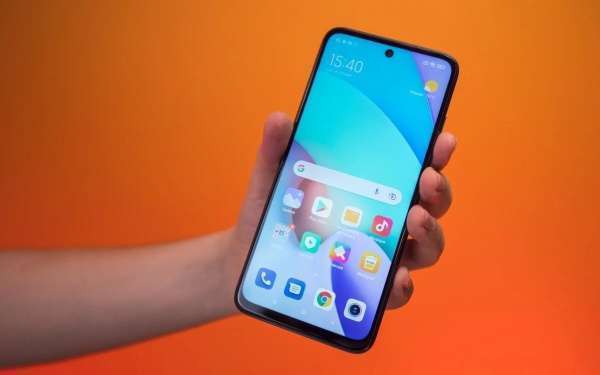
The 6.5-inch IPS display is of decent quality, with great contrast, acceptable colorimetry, and a refresh rate of 90 Hz, though we would have like a bit more brightness. The MediaTek Helio G88’s findings are more mixed; it definitely suffers in games but provides a generally seamless experience, even if there is considerable delay when accessing some apps.
The battery lasts between a day and a day and a half on a charge, which is normal for the industry. The provided charger will take two hours to charge the 5000 mAh battery.
In terms of photography, we are astonished by the existence of four sensors; nonetheless, they do not perform miracles, and the overall quality is, to put it mildly, ordinary, which is understandable considering the price. We’re happy with 4G connectivity, but NFC is on the way.
The Redmi 10 is well-balanced and delivers fantastic value for money, and it has everything you’d expect from an entry-level smartphone. Its main rival is clearly the Redmi Note 10, which costs about twenty dollars more.
Some Tips Before Buying Your Xiaomi Smartphone :
Many questions may arise before purchasing a Xiaomi brand smartphone. We’ve included a number of them here, along with responses that we hope will help you.
Who Is Xiaomi?
Xiaomi is a Chinese billionaire who launched the firm in 2010 with the goal of delivering high-quality smartphones at incomparable costs. Initially unknown in France, the brand is now quite popular. The community is particularly active around MIUI, a totally customized Android interface that is exclusively accessible on Chinese manufacturer handsets.
How Are The Xiaomi Smartphone Ranges Organized?
Xiaomi’s smartphones are divided into three major categories: entry-level, mid-range, and high-end.
- Redmi phones, which rarely cost more than 150 dollars.
- The Redmi Note (between 200 and 500 dollars) is in the middle.
- The Xiaomi series, formerly the Mi series, is at the top of the line (above 500 dollars).
In addition to these internal ranges, the Poco smartphones seek to provide premium performance at a mid-range pricing.
Do I Have To Go Through The Import To Have my Xiaomi Phone?
It is no longer a requirement. Since Xiaomi’s formal entry in worldwide, it has been considerably easier to obtain the famous Chinese manufacturer’s devices. Even with VAT, the brand’s cellphones are known for providing exceptional value for money. Xiaomi France launched physical storefronts (similar to Apple Stores) a few years ago. The latter, on the other hand, nearly all closed in 2022 as a result of the receivership of the provider business that managed the Mi Store. Don’t worry, you may still buy your things through the official website, e-commerce sites, and even operators. All purchases bought within the legal warranty term will receive after-sales assistance.
Which Package Should I Chose For My New Smartphone?
This might be a good time to update your cell plan. That’s fantastic since carriers are conducting a pricing war on non-binding deals, and we can currently obtain quite comprehensive mobile plans for less than 10$.


